:background_color(FFFFFF):format(jpeg)/images/library/13978/Serratus_anterior_muscle.png) Serratus anterior muscle: Origin, insertion and action | Kenhub
Serratus anterior muscle: Origin, insertion and action | KenhubWarning: The NCBI website requires JavaScript to operate. NCBI Bookshelf. Service of the National Library of Medicine, National Institutes of Health. StatPearls [Internet]. Treasure Island (FL): StatPearls Publishing; 2021 Jan... StatPearls [Internet]. Anatomy, Thorax, Serratus Kirsten Pulido; Kayla Saint Lucia; Forshing Lui.AuthorsAfiliations Last updated: November 14, 2020. Introduction The previous serratus is a fan-shaped muscle that originates from the superolateral surfaces of the first to eighth ribs or the first to ninth ribs on the side wall of the chest and inserts along the upper angle, the medial border and the lower angle of the escapula. The main part of the previous serratus is deep to the escapula and the pectoral muscles and is easily felt between the larger pectoralis muscles and latissimus dorsi. This large muscle is usually divided into three different parts according to the insertion points: upper anterior serratus (insertion near the upper angle), previous intermediate serratus (insertion along the medial border), and lower anterior serratus (insertion near the lower angle). Structure and Function The previous serrato muscle pulls the escapula forward around the chest, which allows for the anversion and protraction of the arm. Although this motion is antagonistic to that of rhomboids when the former superior serratus and the former inferior serratus together, the escapula is subsequently pressed against the thorax in conjunction with rhomboides, thus creating a synergistic effect. In addition, the lower anterior serrato is responsible for the anterolateral movement of the escapula, which allows the lifting of the arm. When the shoulder belt is fixed, the 3 parts of the previous serrato muscle work together to lift the ribs, helping in the breathing. The former serratus, also known as the "boxer's muscle", is largely responsible for the prostration of the escapula, a movement that occurs when a coup is launched. In addition, the previous serrato acts with the upper and lower fibers of the trapezocio muscle to sustain the upward rotation of the escapula, which allows the elevation of the head. Embryology The exact origin of the tissue, which results in the previous serrato, is uncertain. In the 9 mm embryo, the previous serrato begins to differentiate from the mesenchyme located at the ventral ends of the lower cervical myotoms. At this point, the premuscular mass is a continuous column without attachments defined to the vertebrae or ribs on which it spreads. In the 11 mm embryo, the muscle mass that will become the previous serrato is a well-defined muscle column from the cervical region to the chest. The chest portion, which eventually differentiates itself in the previous serrato muscle future, gradually becomes more slender in the flow region and forms digits other than the nine upper ribs. At this stage, while attachments to cervical vertebrae have been formed, the previous serrato has not adhered to the escapula. In the 14 mm embryo, the previous serrato begins to look like the adult form, differentiated in a large and flat muscle that binds to the escapula. Blood and Lymphatic Supply The vascular supply to the previous serrato includes the lateral thoracic artery, the upper thoracic artery and the thoracodorsal artery. The lateral thoracic artery, also known as the external breast artery, comes from the axillary artery. It extends along the lower margin of the lower pectoralis muscle and provides oxygenated blood to the former serrato muscle and larger muscle pectoralis. The branches travel through the armpit to the axillary lymph nodes and subscapular muscles. The upper thoracic artery is typically the first division of the axillary artery but it can emerge from the thoracoacromial artery. The upper chest supplies the upper part of the previous serrato as well as the intercostal spaces first and second. The thoracodoral artery supplies the lower part of the previous serrato and the latissimus dorsi. NervesThe long thorny nerve, which originates from the top of the upper trunk of the brachial plexus and is typically composed of the C5, C6, and C7, cervical nerves, is responsible for the inervation of the previous serrate. The long lower chest nerve courses on the surface of the previous serrato and, as such, are susceptible to damage during certain surgical procedures, especially with axillary lymph node dissection. The relatively lower diameter of the nerve compared to other nerves of the brachial plexus, its minimal connective tissue and the superficial course on the surface of the anterior serrato muscle leads to a greater exposure throughout its course. Long spinal nerve injury may be due to other non-surgical causes, including the compression of the nerve by the medium spinal muscle, the second rib or the fascial pod; the penetration within the medium or posterior scan muscles; and the traction in the nerve itself. If the long thoracic nerve is damaged, a clinical phenomenon known as a winged escapula occurs, since the previous serrato is no longer able to contain the escapula against the chest wall. The wing is a half-scapula wing that has to be differentiated from side wing due to a weakness of rhomboids or trapezo muscles. The innervation of the previous serrato differs depending on the part of the muscle, which suggests that the upper part may be intimately related to the levator's escapula, while the intermediate and lower segments can serve as the true former muscle serrato. The upper part has two different sources of inervation: an independent branch not related to the main trunk of the long thorny nerve and the long thorny nerve itself. The independent branch is related to branches of C4, C5, or C6, and its course is similar to that of nerves responsible for the inervation of the levator's scapular muscle. As for the middle part of the previous serrato, the long spinal nerve drops in a third of the previous part between the origin and the insertion. Finally, as the upper segment, the lower part is also inervated by 2 sources: the long thorny nerve and an intercostal nerve branch. MusclesThe former serrate muscle is at the bottom of the subscapularis, from which it is separated by the bursa subscapularis or supraserratus bursa. The escapulotoraca bursa, or infraserratus bursa, separates the previous serrato from the rib. The previous serrato muscle was subdivided into three parts according to its insertion and origin points: upper anterior serratus, previous intermediate serratus and lower anterior serrato. The upper anterior serrato originates from the first and second ribs, while the previous intermediate serrato originates from the second and third ribs and the lower anterior serrato of the fourth and ninth ribs. The upper segment serves as the main axis of rotation while the middle part draws the escapula forward, and the lower part rotates upwards. physiological variables The attachments and the origin of the previous serrato may vary between each person. For example, the previous serrato can be found attached to the tenth rib, or there may be a lack of attachment to the first rib. Previous serrato fibers can be found in conjunction with levator escapulae fibers, external intercostals or external oblique muscles. In addition, vascular variants have been reported, specifically in the supply of blood to the previous myo-osseo flap of the serrato, so that the lateral thoracic artery is the dominant supplier to the lower muscle slides. In addition, from the ribs harvested sixth and seventh, the presence of vascular connections between the anterior lateral chestnut penny was observed, and the periosteum of the ribs was observed, which contrasts the most described connections of the branches of the thoracodoral penny. In addition, the higher digits of the previous serrato can be inervased by C4 or C5 independently, without the nerves joining to form the main trunk of the long chest nerve. Surgical Considerations The earned escapula results from the paralysis of the previous serrato muscles or rags caused by the damage to the long chest nerve or the fixing nerves (see Figure 1). This condition is evident when the lower angle of the escapula shows a marked prominence, and there is a limited range of movement and reduced shoulder strength. The chest procedures, such as radical mastectomy, transtoric sympathectomy, poorly placed intercostal drainage, axillary lymph node dissections and the first rib resection, increase long spinal nerve exposure and the risk of nervous injury. Babies and children undergoing procedures that require the separation of the previous muscles from latissimus dorsi and serratus, such as a post-olateral toracotomy incision for closed heart procedures, run the risk of long chest nerve injuries and wings. It is also important to point out the variants in relation to the long spinal nerve to the medium scapular muscle, as it can lead to a iatrogenic lesion of the long spinal nerve and subsequent to the scapulous wing, since the roots of the long scathemic nerve may be on the back, previous or travel through the medium scale muscle. Although treatment for the winged escapula is initially conservative with physical therapy such as the winged escapula secondary to the previous serrato paralysis can be surgically treated with the main transfer of pectoralis divided without facial graft. This technique implies the transposition of the sternal head of the pectoralis greater of the humeral insertion to the inferomedial part of the escapula. Currently, the nervous transfer and graft have grown in popularity. Clinical SignificanceRepetitive microtrauma to the previous serrato muscle can lead to the development of myophoastial pain syndrome. The proposed mechanisms include prolonged, vigorous cough, repeated lifting of heavy loads in the head and long-distance operation. Unbridled trauma of the muscle can lead to the anterior myopathic pain syndrome of the serrate. Patients with this syndrome complain of primary pain located at the fifth to seventh ribs along the midaxillary line. Patients may also experience pain referred to the posterior chest wall, with radiation lowers the upper ipsilateral extremity to the palmar aspect of the fourth and fifth fingers. The damage to the long chest nerve can be caused by nervous compression due to the anesthesia or the paralysis of the Saturday night, which is a radial neuropathy because it sleeps with the arm hanging over the armrests of a chair. The heavy load bearing can also penetrate the nerve, resulting in an atrophy of the previous and subsequent enlargement of the escapula. Athletics and excessive use can lead to nervous traction. Electric shock, blunt injury, cold exposure, immunization, viral infection and brachial neuritis are additional causes of nervous injury. Continuous education / review questions External abdominal muscles, Pectoralis Major, Serratus, Previous, Latissimus Dorsi, Obliques Externus, Linea Alba, Inscriptiones tendineae, Inguinal ligament, Pubis, Inguinal Ring Subcutaneous, League Lacunar, Pubis. Contributed by Gray's Anatomy Plates Surface anatomy of Thorax, The Left Side of the Torax, Trapezius, Pectoralis Major, Serratus Previous, Obliques Externus, Rectus Abdominis, Latissimus dorsi. Contributed by Gray's Anatomy Plates Curious Ribbons, First Digitation of previous Serratus, Subclavius Groove. Contributed by Gray Anatomy Plates References This book is distributed under the terms of the Creative Commons 4.0 International License (), which allows the use, duplication, adaptation, distribution and reproduction in any medium or format, provided that you give appropriate credit to the original author(s) and source, a link to the Creative Commons license is provided, and changes are indicated. ViewsIn this PageRelated information Similar products in PubMed Recent activityYour navigation activity is empty. The activity recording is off. , 8600 Rockville Pike, Bethesda MD, 20894 USA
Accessibility links Search results The previous muscle of Serratus - WikipediaSerratus Previous Muscle: Function, Origin - Human Anatomy ...The previous serratus - YouTubeserratus Basic equilibrium therapyGet to know your Serratus Previous: Strengthen your ...085 Origin, insertion and action of Serratus Previous - YouTubeSerratus Previous Muscle Anatomy, escapula alaada ... - YouTubeSerratus Previous - SHAPESENSE.COMSerratus Previous - Radiology UW Serratus' previous musculoskeletal Your attachments and actions ... Foot links

The Serratus Anterior Muscle Its Attachments and Actions | Yoganatomy
Serratus Anterior Muscle: Function, Origins - Human Anatomy | Kenhub - YouTube
Serratus Anterior Muscle: Action, Origin & Innervation - Science Class | Study.com
Long thoracic nerve injury: the shortest route to recovery!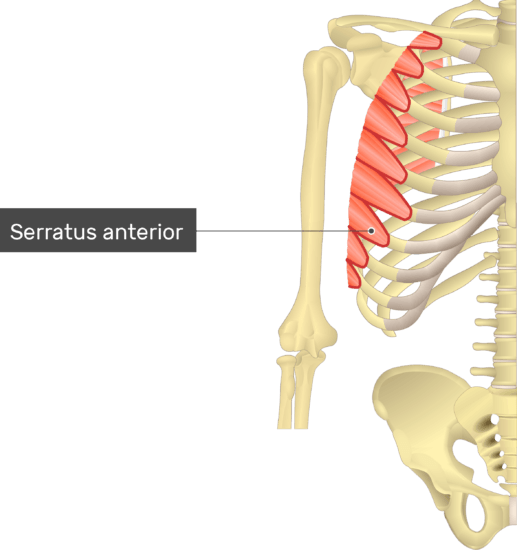
Serratus Anterior Muscle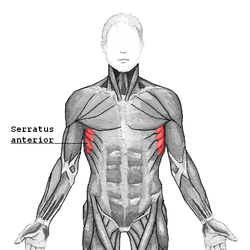
Serratus anterior muscle - Wikipedia:background_color(FFFFFF):format(jpeg)/images/library/13122/Axilla_and_lateral_thoracic_wall.png)
Serratus anterior muscle: Origin, insertion and action | Kenhub
Diagram showing the origin and insertion of serratus anterior muscle.... | Download Scientific Diagram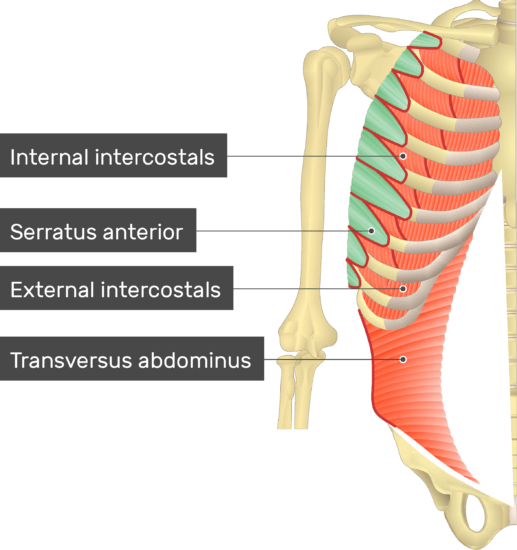
Serratus Anterior Muscle
serratus anterior origin and insertion - Google Search | Human anatomy and physiology, Anatomy education, Massage therapy
The Serratus Anterior Muscle Its Attachments and Actions | Yoganatomy
MUSCLE OF THE MONTH: SERRATUS ANTERIOR | CMS Fitness Courses
Serratus Anterior Muscle Anatomy, winged scapula - Everything You Need To Know - Dr. Nabil Ebraheim - YouTube:background_color(FFFFFF):format(jpeg)/images/library/12644/Ventral_trunk_muscles.png)
Muscles of the trunk: Anatomy, diagram, pictures | Kenhub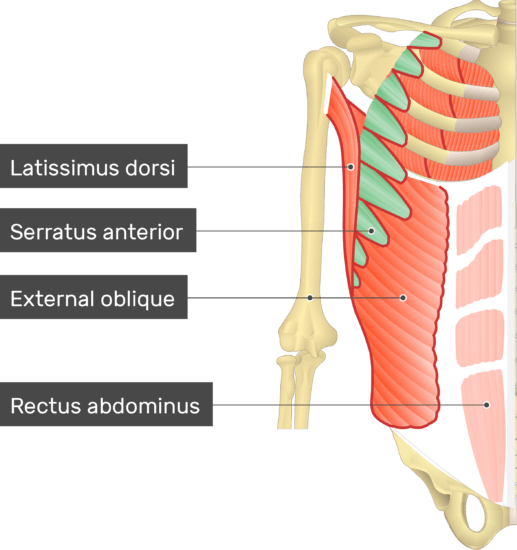
Serratus Anterior Muscle
Serratus ventralis muscle
Kinesiologic considerations for targeting activation of scapulothoracic muscles - part 1: serratus anterior - ScienceDirect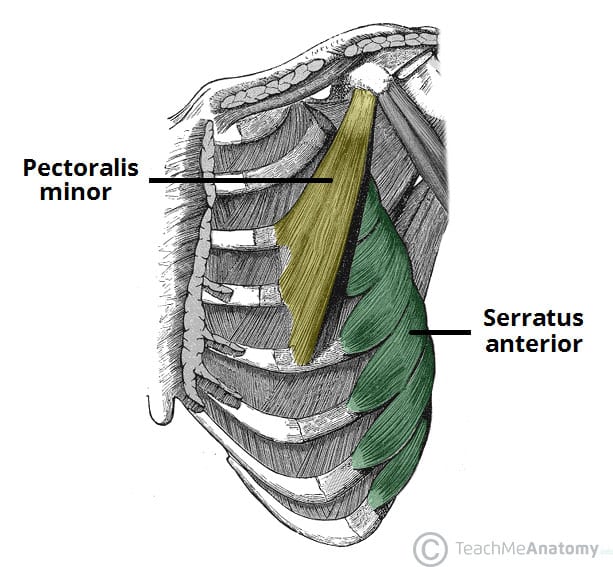
Muscles of the Pectoral Region - Major - Minor - TeachMeAnatomy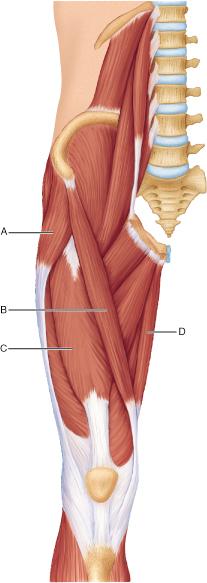
Print Muscle Practical flashcards | Easy Notecards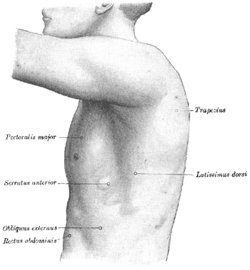
Serratus anterior muscle - Wikipedia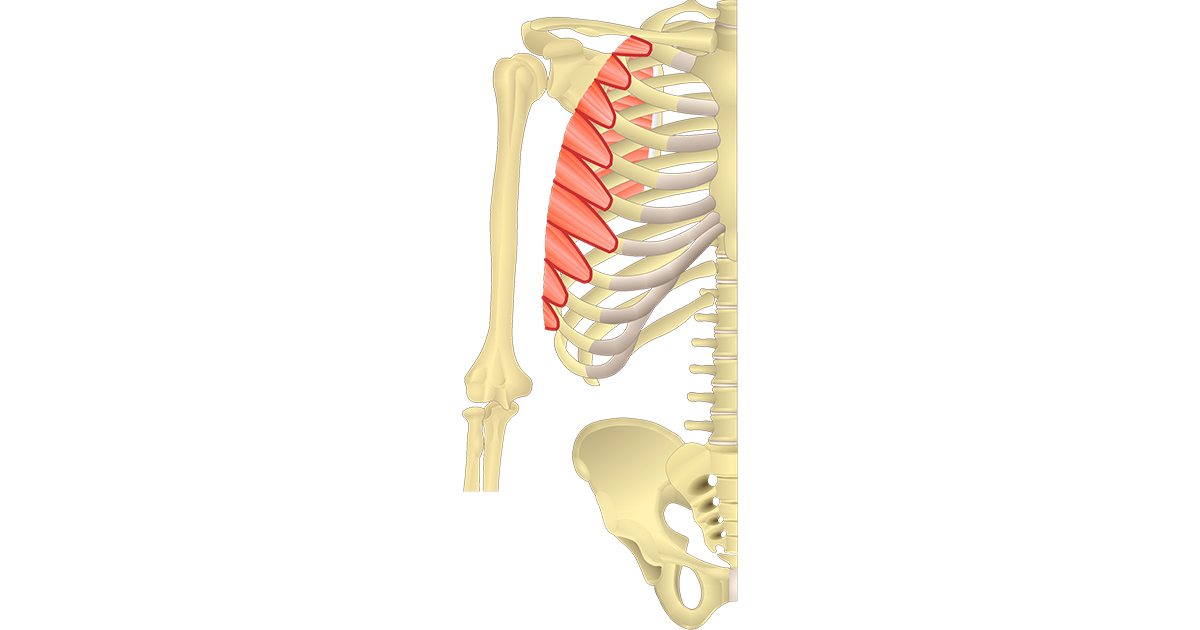
Serratus Anterior Muscle
Shoulder, axilla, and brachial plexus - AMBOSS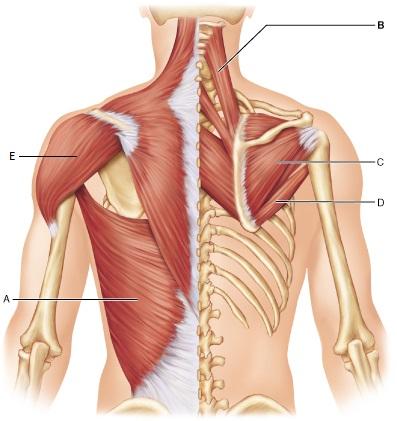
Print Muscle Practical flashcards | Easy Notecards
Serratus anterior muscle - Wikipedia
77 Gastrocnemius & Serratus Anterior ... ideas | muscle anatomy, gastrocnemius muscle, calf exercises
Serratus Anterior: Origin, Insertion, Nerve Supply & Action » How To Relief | Muscle anatomy, Muscle function, Anatomy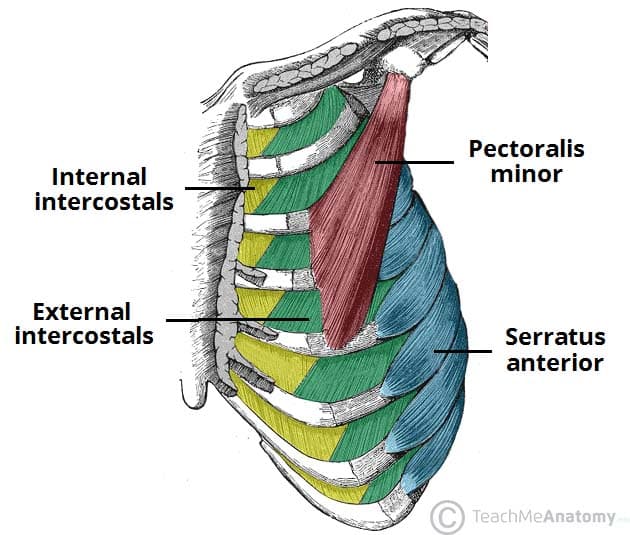
Thoracic Muscles - Attachments - Actions - TeachMeAnatomy
Serratus Anterior Muscle - Everything You Need To Know - Dr. Nabil Ebraheim - YouTube
Pedicled Serratus Anterior Flap as an Alternative Muscle Target for Targeted Muscle Reinnervation in Transhumeral Amputees - Journal of Hand Surgery
serratus anterior and serrati posteriores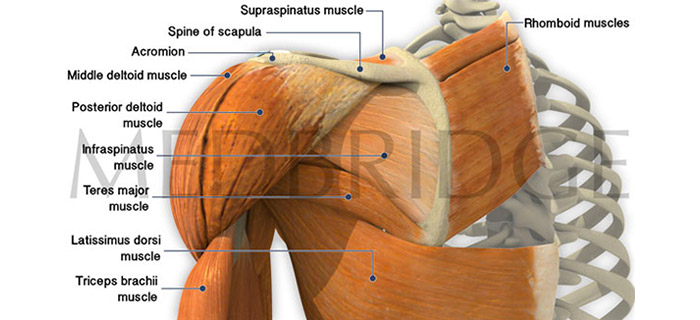
Best Exercises for Serratus Anterior, Levator Scapulae and Rhomboids (Part 2) | MedBridge Blog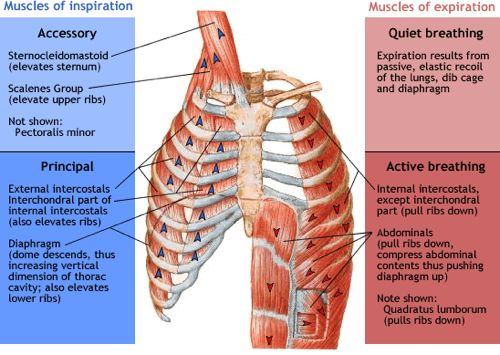
Muscles of Respiration - Physiopedia
Mana Physical Therapy - Muscle Highlight, Serratus Anterior. | Facebook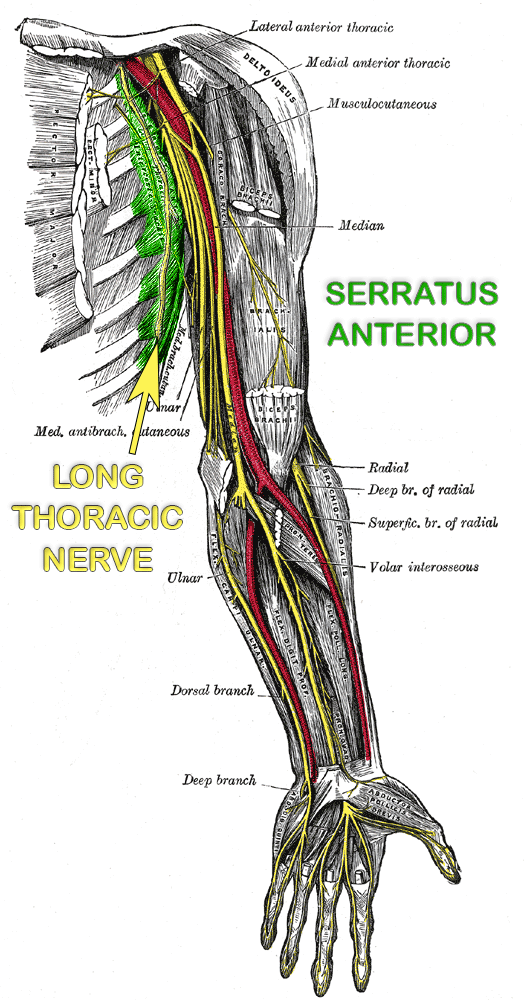
Hey Fitness People, Let's Talk About the Serratus Anterior – LanceGoyke.com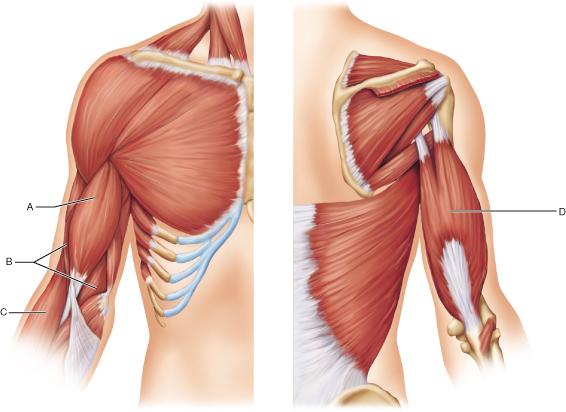
Print Muscle Practical flashcards | Easy Notecards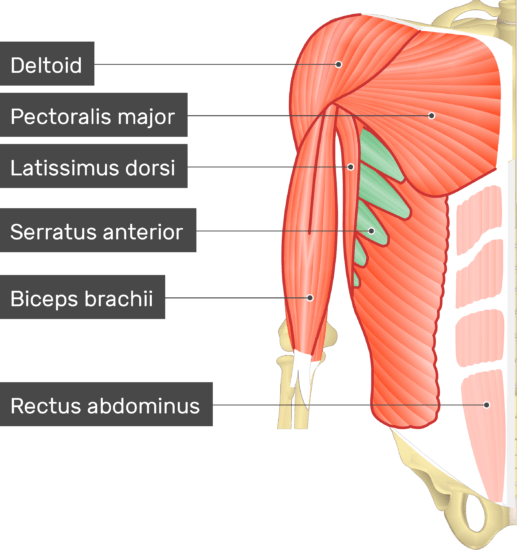
Serratus Anterior Muscle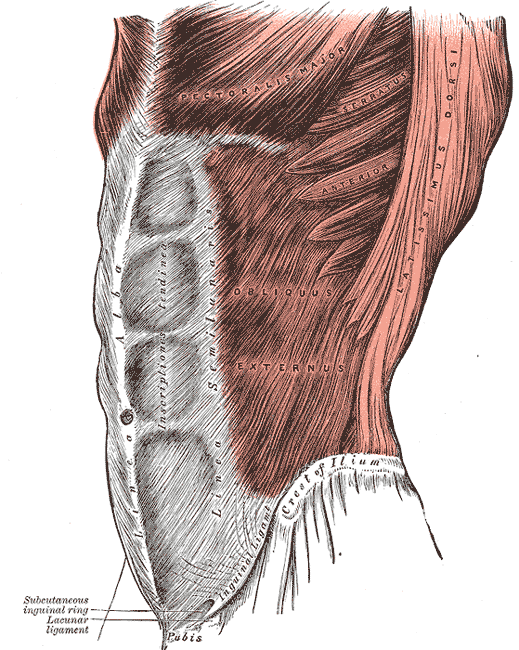
Anatomy, Thorax, Serratus Anterior Muscles Article
Strengthening The Serratus Anterior – Squat University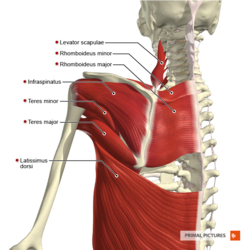
Scapular Dyskinesia - Physiopedia
Kinesiologic considerations for targeting activation of scapulothoracic muscles - part 1: serratus anterior - ScienceDirect
:background_color(FFFFFF):format(jpeg)/images/library/13978/Serratus_anterior_muscle.png) Serratus anterior muscle: Origin, insertion and action | Kenhub
Serratus anterior muscle: Origin, insertion and action | Kenhub





:background_color(FFFFFF):format(jpeg)/images/library/13122/Axilla_and_lateral_thoracic_wall.png)






:background_color(FFFFFF):format(jpeg)/images/library/12644/Ventral_trunk_muscles.png)

























Posting Komentar untuk "the origin of the serratus anterior includes ribs."